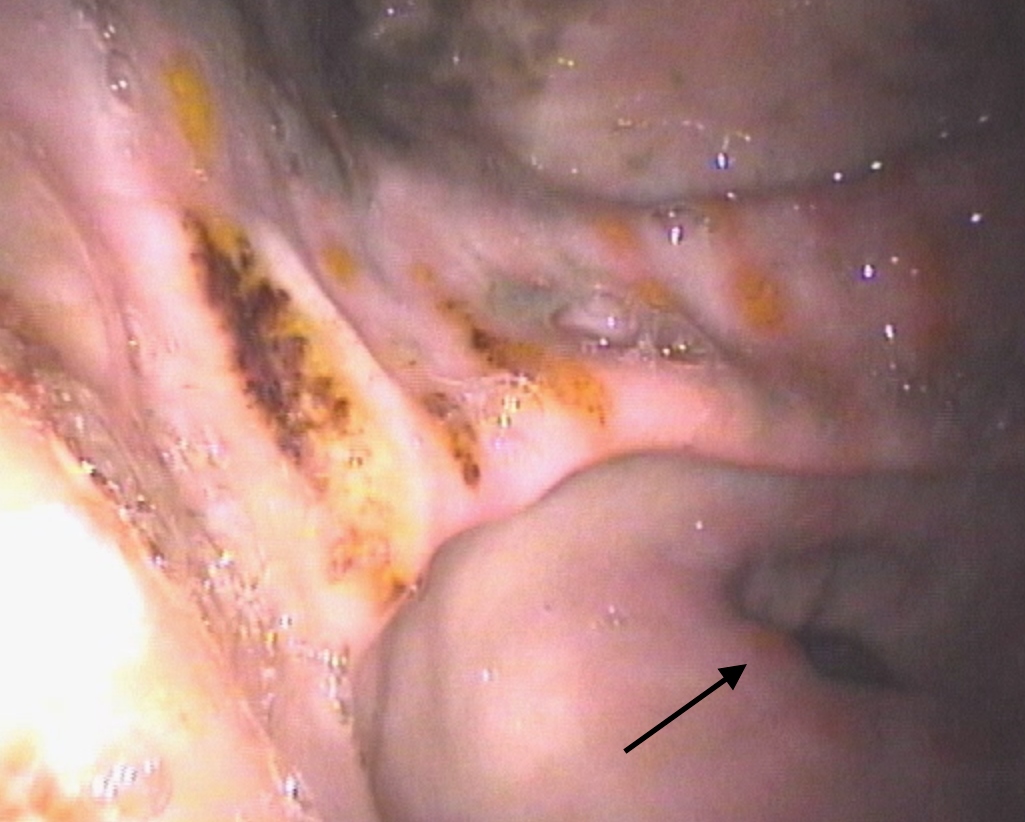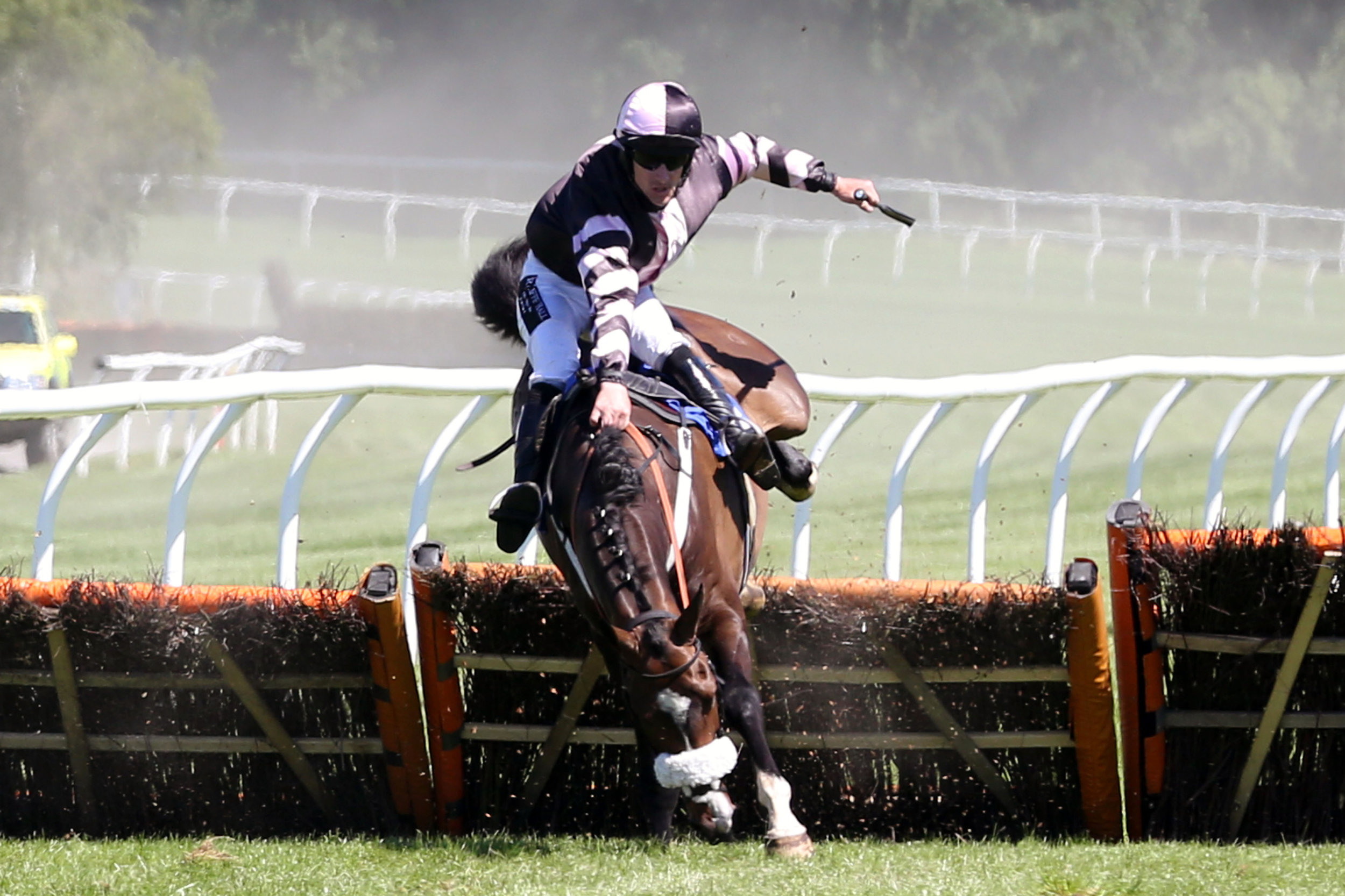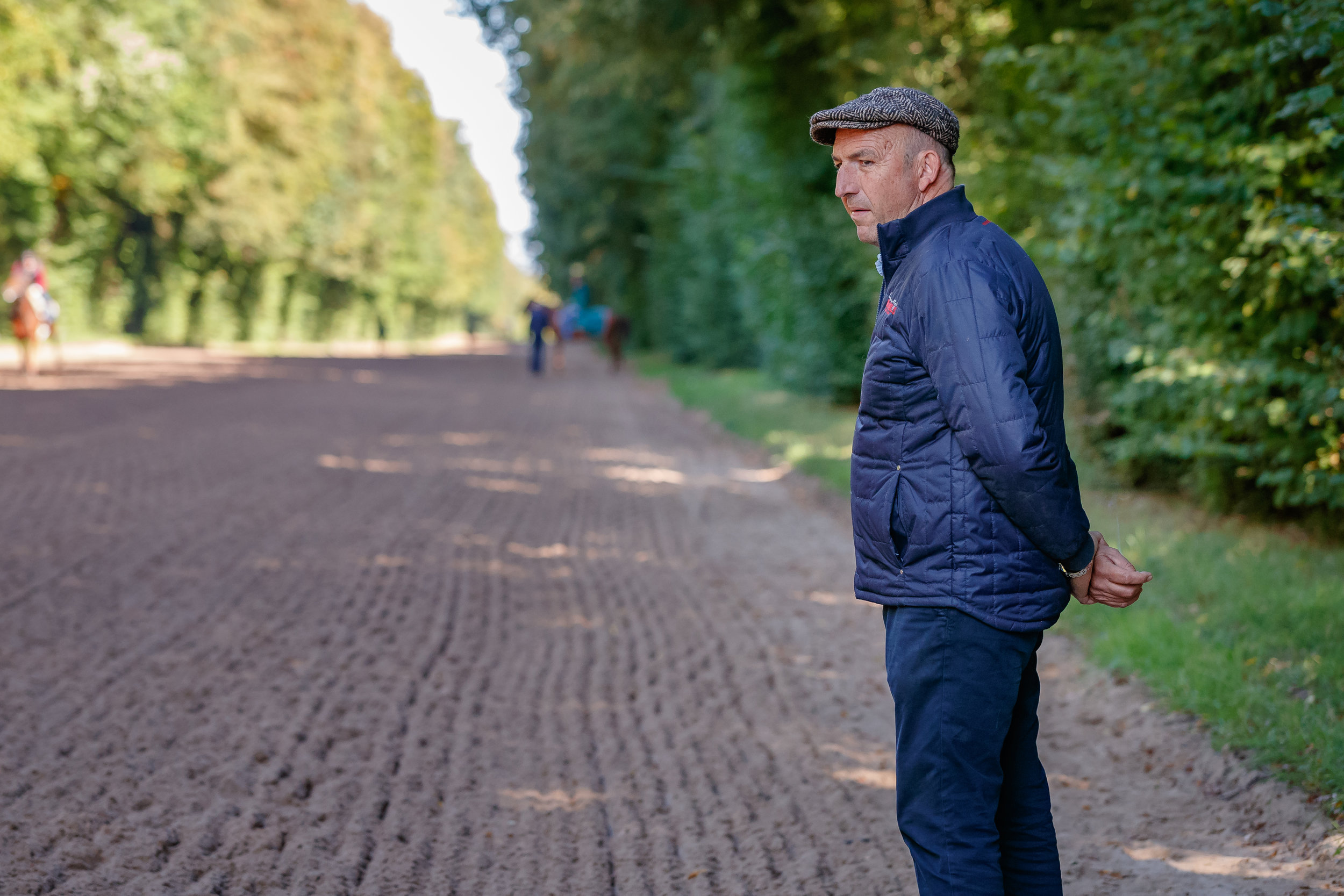Marketing priorities across European racing
/By Dr Paull Khan
MARKETING PRIORITIES ACROSS EUROPEAN RACING
Three issues that were commonly identified as challenges facing horseracing across Europe at the EMHF’s recent Seminar on “Marketing and Educational Initiatives”:
A worrying shortage of jockeys and stable staff
The broad requirement to raise racing’s profile and appeal; to grow the fan-base and drive ownership
A growing need to win over the hearts and minds of the wider community
Essentially, the marketing of our sport is handled often at a local racecourse or at a national level. Examples of international collaboration exist but are very much the exception. Thus, Racing Authorities, particularly in the “smaller” racing nations, are often working in isolation with limited opportunity to bounce ideas off each other or compare notes as to what has worked and what has not.
It was with this in mind that we invited EMHF members to gather together, to outline the current state of the racing industry in their respective countries and to present on one or two recent initiatives they had introduced. SOREC, the Racing Authority of Morocco, had kindly offered to host. At their National Stud in Bouznika in November we received presentations from countries as diverse, in racing terms, as Belgium, Czech Republic, Great Britain, Greece, Ireland, Morocco, Sweden and Turkey. Delegates from Poland and Spain also attended.
22 delegates from 10 countries attend the EMHF's Marketing & Educational Initiatives Seminar
The degree of commonality among the concerns of Racing Authorities big and small proved striking, and it made the various ideas and approaches being adopted to address them all the more fascinating and relevant.
The difficulty in finding jockeys was highlighted in several presentations. We need not look far, of course, for one reason for this: we live in times when the average weight of our species is rising, yet the same is not the case for the thoroughbred—limiting scope simply to increase the weights allotted. But there are doubtless several other factors at play here: a growing dislocation of the populace from the countryside and from animals, as well as a general decline in the profile and appeal of horseracing (among so many other traditional pursuits), etc.
Jockey shortage and development is one of the key issues facing the Belgian Galop Federation (BGF). Belgian racing is operating at a fraction of its scale a century ago: where there were a dozen racecourses then, there are but three today; where racing took place on a daily basis, there is now a fixture per fortnight. There are just 320 thoroughbreds in training and only 24 jockeys, with two apprentices. The BGF has adopted a combination of targeting those with a proven interest in riding, but not necessarily race-riding, with an innovative approach to jockeys’ training. Pupils at Belgium’s Riding and Horse Care School receive lectures on aspects of the jockey’s life and exposure to the mechanical horse. It is evident from many sports that few things encourage the recruitment of youngsters more effectively than having a home-grown star, and the development of Belgium’s riders has been a central concern of the BGF, which does not have the luxury of a jockey school and has struggled with the expense of sending pupils to such a facility abroad. Their solution: to bring the mountain to Mohammed. Arc- and Derby-winning jockey John Reid has been engaged to provide coaching to jockeys of all levels of experience. Over three days, twice a year, these riders gain the benefit of Reid’s experience, with video material and time on the simulator.
The Czech Jockey Club (CJC)—which, by the way, will reach its centenary in March—is an organisation adept at making its money go a long way. Despite the absence of any statutory funding from betting—41% of prize money is self-funded by the owners and 56% provided by sponsors—Czech racing still boasts 11 racecourses and some high-quality horses. Indeed, in recent years, the 1,000 or so horses in training have collectively picked up more money from foreign raids than the total available to them at home. So, when the CJC received a grant from their Ministry of Agriculture for a project to recruit children into the sport and particularly into their jockeys’ ranks, a great deal was done, despite the grant only amounting to less than €5,500. They targeted 8th and 9th grade children, their parents and educational advisors, in a combination of outreach visits and receiving groups of students, either at their racing school or during race meetings. The initiative garnered television coverage, and extensive use was made of social media to publicise it. How successful this project has been will become evident in March—the deadline for applications to the racing school for youngsters leaving school that summer.
Britain’s European Trainers’ Federation representative, Rupert Arnold, broadened the focus to the related issue of stable staff recruitment and retention. The difficulties being faced in Britain currently had been, he explained, a major driver in his introduction, as the chief executive of the National Trainers Federation, of a new Team Champion Award last year. With the aim of rewarding good management in a trainer’s yard—a standard dubbed “The Winning Approach” was devised, covering many aspects of the way a trainer runs their business. To encourage adoption of the standard, an award, (or, more accurately, two awards—one for larger yards and one for those with up to 40 horses) was put up, with the assistance of sponsorship from insurers Lycett’s. Importantly, these awards were—as their name suggests—for the whole team rather than the trainer alone. The amount of £4,000 went to the winning stable, and the yards that entered were asked to say how they would spend their winnings, if successful. So that the benefits are spread wider than the two victorious stables, a star rating system has also been introduced, providing trainers with a promotional tool. It is hoped that these Team Awards will create a virtuous circle, with more yards adopting best practice, thereby creating a better working environment for staff, increasing staff satisfaction and, ultimately, retention.







































